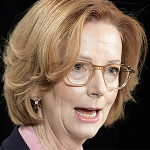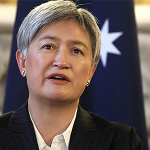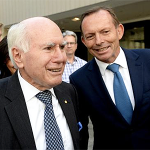So far, something pretty big is missing from Labour’s historic landslide: voters. Keir Starmer is set to win 64 per cent of the seats but on only 34 per cent of the votes. Labour in 2024 has achieved just 1.5 percentage points higher than the Jeremy Corbyn calamity in 2019 – and less than Corbyn managed in 2017. A split in the right has seen the Tory vote share drop from 44 to 24 per cent, but most of that went to Reform (on 14 per cent). Labour’s huge majority disguises one of the smallest – if not the smallest – vote share won by any postwar governing party. Let’s look at the share of the vote by election-winning parties.
Starmer is among the least electorally popular prime ministers. So it seems he has won a landslide majority with a significantly smaller vote share than that with which Theresa May lost her majority in 2017.
Where Starmer has done well is the translation of votes to seats: the Nigel Farage effect. Seldom has the first-past-the-post system been kinder to any governing party other than to Labour – that is to say, never has a modern governing party won so many seats with so few votes.
As you may expect, the Tory vote share is far lower than at any time in its history – the party lost its deposit in 30 seats. Liz Truss is gone. But when it comes to Labour vote shares, the result is middle-of-the-road.
So Starmer has won, but there has been no sea change. No meteor. There’s just Farage – who enters parliament with just three other MPs. His main effect in this election has been to deliver seats to the left due to vote-splitting. Jacob Ress-Mogg was the highest profile of at least 145 Tories who would have won had Reform voters gone to the conservatives. To most Farage voters, of course, more LibDem MPs is a price worth paying to give the Tories a kicking – and that mission has most certainly been accomplished. But all told, this looks far more an election that the Tories have lost than one which Labour has won.







